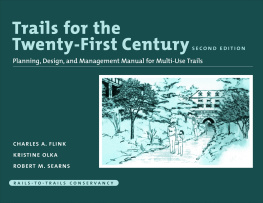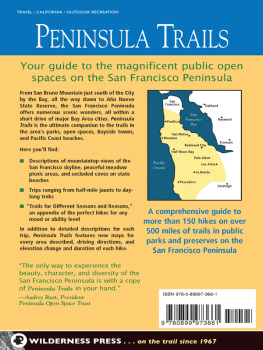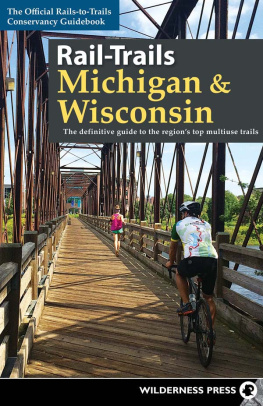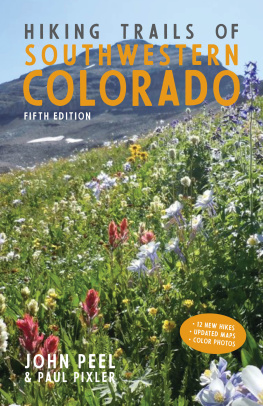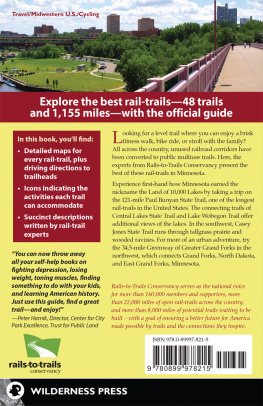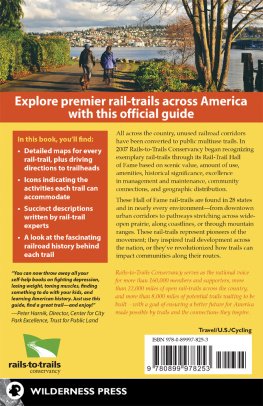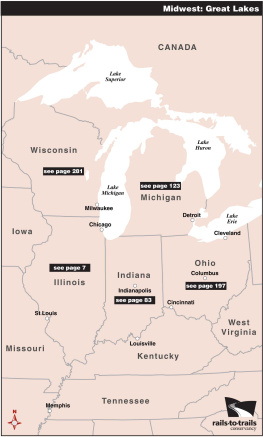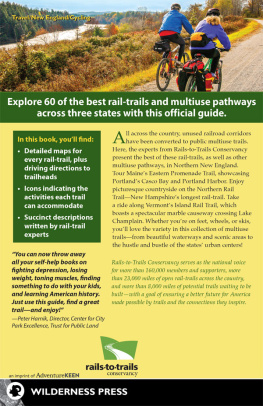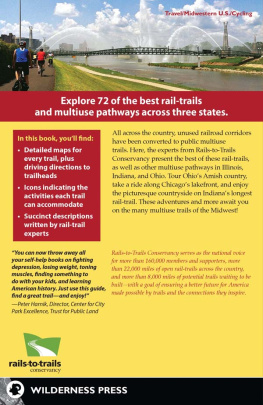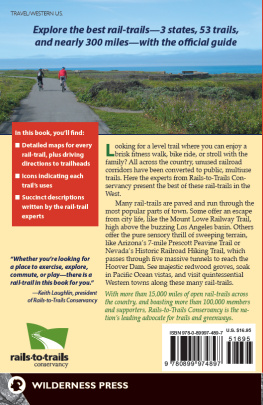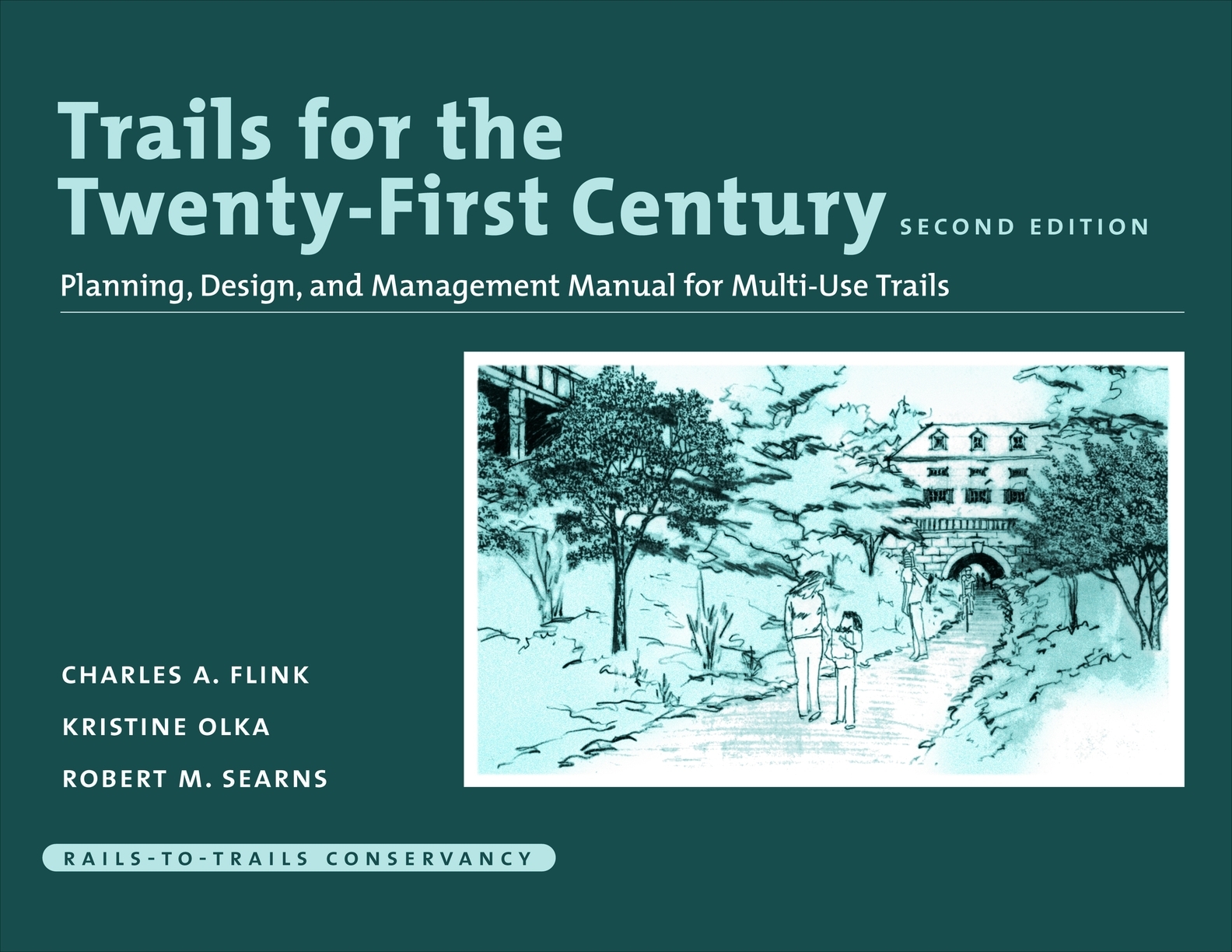This annotated resource directory will guide you to additional information on trail planning, design, and management. Although few resources relating specifically to multi-use trail development exist, there are numerous works relating to various aspects of trail development. The following reference sources are divided into general interest categories, and into separate sections that correspond with the chapters of this book. Many of these resources are available from the Trails and Greenways Clearinghouse at www.trailsandgreenways.org .
General Interest: Greenways
American Trails. Trails for All Americans: Report of the National Trails Agenda Project. Washington, DC: National Park Service, Summer 1990. 21 pp.
Offers an exciting and comprehensive vision for a nationwide system of trails within fifteen minutes of every front door in the country. Discusses the wide-ranging benefits of multi-use trails, including health, economics, conservation, transportation, and recreation. Examines the role of local, state, and federal governments in providing trail infrastructure. Discussion of existing policy and programs, and recommendations for change are particularly helpful in charting the future of an American trail system.
Association of State Wetland Managers, Association of State Floodplain Managers, and National Park Service. A Casebook in Managing Rivers for Multiple Uses. Philadelphia, PA: National Park Service, Mid-Atlantic Regional Office, 1991. 79 pp. Maps, photos.
Contains eight case studies, several of which include multi-use trail development as a component of river management and preservation. Identifies the objectives, participants, innovative aspects, and accomplishments of each project and discusses their planning processes. Provides contacts within management agencies and bibliographic references.
Flink, Charles A., Robert M. Searns, and Loring Schwarz, eds. Greenways: A Guide to Planning, Design, and Development. Washington, DC: Island Press and The Conservation Fund, 1993. Illustrations.
A how-to guide for planning and designing greenway projects. The guide takes a step-by-step approach to greenway development and addresses many issues that face greenway planners and designers.
Grove, Noel. Greenways: Paths for the Future. National Geographic (June 1990): 7798.
Provides a well-written introduction to the greenway movement in the United States; cites examples from many greenway projects across the country.
Little, Charles E. Greenways for America. Baltimore, MD: Johns Hopkins University Press, 1990. 237 pp. Color photos.
Traces the history of the greenway movement and its efforts to preserve and restore linear open space. Describes many benefits of greenways, particularly those used as bicycle and pedestrian trails, and includes a valuable bibliography of published and unpublished sources.
Macdonald, Stuart H. Greenways: Preserving Our Urban Environment. Trilogy (NovemberDecember 1991): 9596.
A persuasive piece that makes a case for urban trails and greenways and urges the urban dweller to initiate and guide trail development through citizen activism.
National Park Service and National Parks and Conservation Association. Toward a Regionwide Network of Trails for the Mid-Atlantic States. Washington, DC: National Park Service and National Parks and Conservation Association, 1992. 25 pp. Appendices, map.
Reports on 147 potential trail and greenway corridors and provides a 27-point action agenda identified by trail interests in the Mid-Atlantic states: Delaware, Maryland, New Jersey, Pennsylvania, Virginia, and West Virginia.
National Park Service and the National Recreation and Park Association. TrendsRecreational Trails and Greenways. Vol. 28. Washington, DC: National Park Service and the National Recreation and Park Association, 1991. 48 pp.
Contains eleven essays on the growth and development of multi-use trails and greenways. Topics include greenways as transportation, corporate involvement in trail development, the role of government, and prospects for a nationwide trail system.

